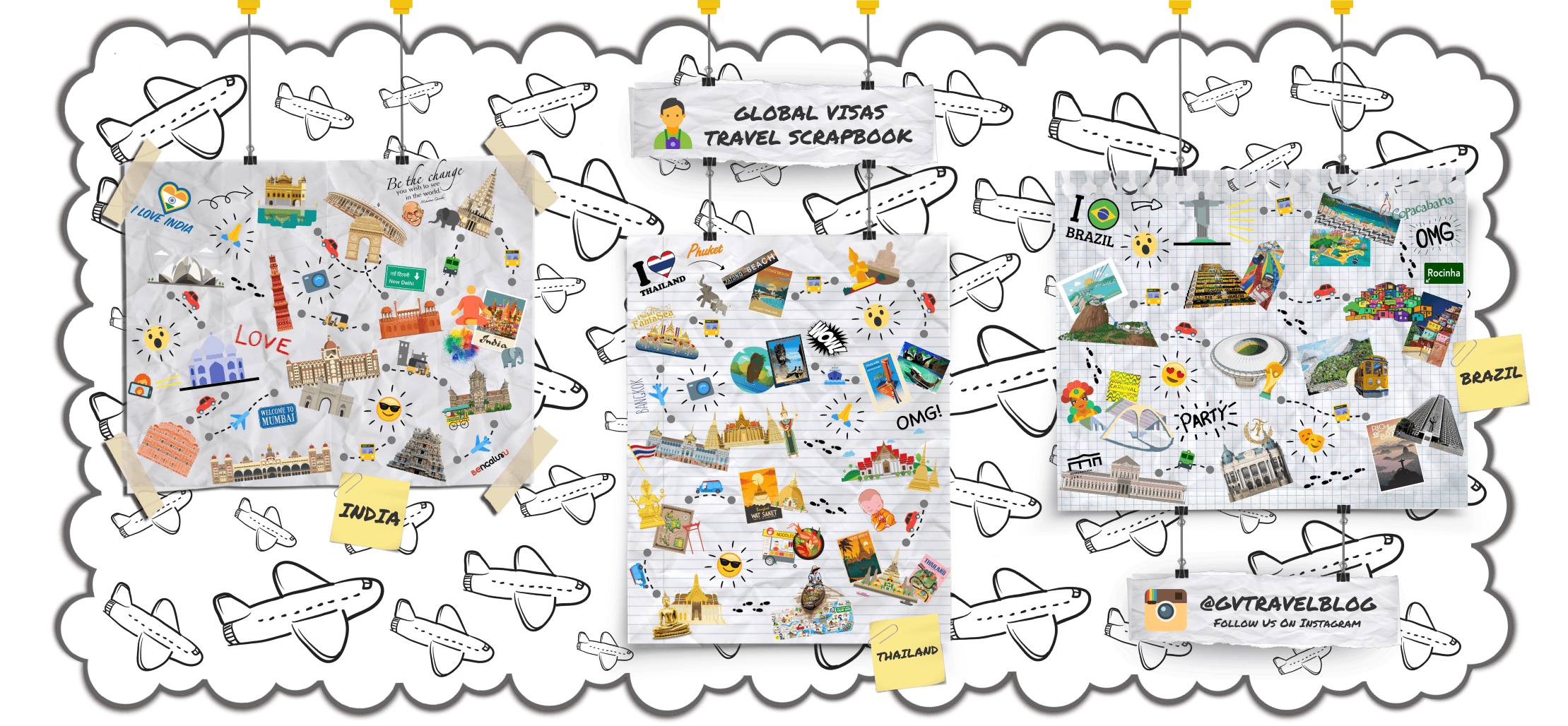BY PLANE:
The domestic aviation scene in Cambodia has improved. Three airports operate scheduled passenger flights: Phnom Penh, Siem Reap, and Sihanoukville.
The main operator is Cambodia Angkor Air, a joint venture between the government and Vietnam Airlines, which flies between Phnom Penh, Siem Reap, Sihanoukville, and airports in China, Thailand, and Vietnam. In 2013, the creation of a second airline, Cambodia Airlines, was announced. Scheduled to begin travel some time in 2013, the airline is a joint venture between Philippines Airlines and local stakeholders. It is not yet flying (Dec 2013).
A charter service, Aero Cambodia, operates from Phnom Penh to Cambodia’s other 16 airports using twin engine 10-70 seat aircraft.
BY HELICOPTER:
Helistar Cambodia, a VIP helicopter charter and scenic flights company, operate to virtually anywhere in Cambodia. Helicopters can be chartered to fly from Phnom Penh and Siem Reap for one-way or return journeys. The basic hourly charter rate is US$1,700 per flight hour plus 10% VAT and 10% SPT. They operate modern, air conditioned Eurocopter Ecureuils with seating for up to 6 passengers. They also have licensed foreign pilots. A pick-up and set-down transfer service is also available at both international airports.
BY ROAD:
The Cambodian government has been frantically upgrading roads throughout the country since about 2008. While great for the country, it does make travel advice quickly obsolete! Finding an unsealed road is actually quite a challenge and most travellers will not have any horror stories of car-swallowing ruts or wet-season quagmires. For the time being, notable unpaved roads that would be of use to travellers are: Battambang-Koh Kong (a great dirt bike adventure across the mountains or a long detour by bus via Phnom Penh), access to the Banteay Chhmar temples (a high-quality unsealed road, as good as a sealed road during the dry season) and the road between Sen Monorom and Banlung (if there’s any remote jungle left in Cambodia, it’ll be here). The borders, coast and major cities are all well-connected with good roads.
Longer journeys in Cambodia can be taken by bus, pickup truck or shared taxi. In many towns, whichever of these are available will be found at the local market square. Larger towns and cities will have bus stations. Buses may also serve their companies’ offices, which may be more convenient than the bus station: this is particularly true in Siem Reap. Mekong Express has the best reputation for comfort and speed and consequently charges a premium. Sorya (formerly Ho Wah Genting) and GST offer a slightly cheaper no-frills service. Capitol runs between its central offices, making for city centre-to-city centre travel. Ramshackled peasant mover Paramount Angkor Transport is great for accessing more remote places but low on comfort and safety.
Avoid VR Express and Phnom Penh Sorya Transport Co. They have a history of threatening customers, manipulating, lying, and being unhelpful and rude. They prioritize cheating passengers of their money.
Indeed bus safety is a big problem in Cambodia. On Hwy 5, between Phnom Penh and Battambang, there are dozens of bus crashes annually, many of them horrendous, with multiple fatalities. There are even bus-on-bus crashes. Drivers are untrained, impatient, and (according to those working in roadside gas stations) sometimes drunk. Most of these accidents go unreported, but frequent travellers on Highway 5 can typically observe half a dozen bus crashes in a month.
Generally bus travel is cheap, with journeys from Phnom Penh to Siem Reap or Sihanoukville costing around US$5. Bring along something warm if you don’t like freezing air conditioning and earplugs if you don’t like Khmer karaoke. There are a few night-time services but most buses leave in the morning and the last ones leave in the afternoon.
Some believe taxis are safer for inter-city travel, but taxis also often go way too fast, and so are involved in numerous fatal accidents. The front seat in a taxi from Phnom Penh to Battambang should cost you about US$25.
In cities, motorcycle taxis are ubiquitous. For quick trips across town, just stand on a corner for a moment and someone will offer you a lift – for a small, usually standard, fee of US$1 or less.
Motorcycle rentals are available in many towns, with the notable exception of Siem Reap, which has outlawed the practice. Be careful if driving yourself: driving practices are vastly different from developed countries. Local road ‘rules’ will also differ from city to city. If you consider traveling alone, it’s worth remembering that English is rarely spoken outside of main towns and cities, and hazards are numerous, including the possibility of land mines. For this reason, guided tours are worth considering.
BY BOAT:
Ferries operate seasonally along many of the major rivers. Major routes include Phnom Penh to Siem Reap and Siem Reap to Battambang. The Sihanoukville to Koh Kong ferry no longer runs. Boats are slower than road transport, charge higher prices for foreigners, and are sometimes overcrowded and unsafe. Then again, Cambodia’s highways are also dangerous, and boats are probably the safer of the two options. The high speed boat from Phnom Penh to Siem Reap costs US$33 and takes about 6 hours, departing at 07:30, and offers a spectacular view of rural life along the Tonle Sap River.
There are also a few luxury boats operating between Siem Reap, Phnom Penh and Saigon. For something around US$150/day including accommodation, food and excursions, it’s a good alternative to regular boat service.
The boat trip between Siem Reap and Battambang takes longer (especially in the dry season), and is less comfortable and more expensive than taking a seat in a share taxi, but is favoured by some travellers for its up-close view of subsistence farming (and hundreds of waving children) along the river. Taking the boat late in the dry season (Apr-May) is not advisable as low water levels mean that you must transfer to smaller vessels in mid-river.
BY TRAIN:
There are passenger trains from Phnom Penh going to Sihanoukville via Kampot from Monday to Friday at 7:00 and from Friday to Monday at 16:00. The journey lasts roughly seven hours and is thus slower than by bus. The carriages are air conditioned and have free wi-fi. There are power outlets at every seat. Toilets are also available. A one way ticket from Phnom Penh to Kampot is USD 6. A one way ticket from Phnom Penh to Sihanoukville costs USD 7. There are plans to link the network with the Thai and Vietnamese railway networks. 2017 information points towards a 2018 opening date for the line. The train doesn’t leave when you think it will. Be sure you get your tickets from the station itself, and ask for the boarding time. Getting seats outbound from Phnom Penh is more crowded. The first stretch west passes through ramshackle camps built along the rail line, and sprawling suburban construction, then a non-descript countryside. The train stops briefly, there a good food vendors if you act quickly, then the second leg is through beautiful hills and paddies to Kampot, again with good food vendors at the station as train time nears. Seven hours doesn’t seem like a long time, but it starts to drag. The return trip to Phnom Penh gets in very late, and it’s difficult to find a tuktuk or taxi. Also, unless your hotel is near the station, you’ll be disoriented from your normal route routine, so it’s good to have your hotel or hospice card and phone number to give to the driver. Even then, it helps to have sketched out your return route from the train station. You’ll be exhausted from seven hours riding on the train, and worse with a tuktuk driver going in circles at night trying to find your hotel. Don’t assume they can read a map or know how to find your hotel. You should know the Khmer words for Left, Right and Stop to direct them to it.
BY BAMBOO TRAIN:
Despite the lack of normal train services there are bamboo trains or noris running around Battambang, and you can also travel on a bamboo train from the outskirts of Phnom Penh to Battambang on demand. These trains are home made railcars which carry just about anything, pigs, motorcycles, crops, you name it, as long as it fits on the train. They are also great fun to ride on and they are actually reasonably safe, and the drivers are friendly. They cost around US$2 per person for a short journey and around US$6 to hire one with a driver. Ask locally where you can find a norry, or you can find one at Battambang station.









